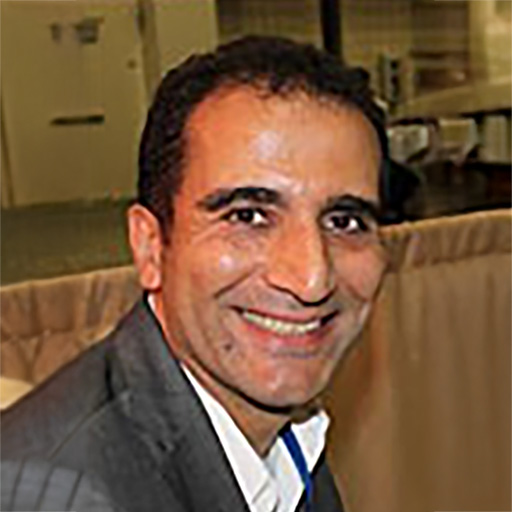Role of a Novel VEGF Effector on CNV in a Model of AMD

About the Research Project
Program
Award Type
Standard
Award Amount
$100,000
Active Dates
March 31, 2007 - March 30, 2010
Grant ID
M2007071
Goals
In this study the investigators aim to determine whether blockade of a particular molecule can reduce the formation of CNV in a laser induced model of AMD and how this molecule functions in human patients.
Summary
Age-related macular degeneration (AMD) is the leading cause of vision loss in people over age 55 in the US. This disease causes a loss of central vision, making people with AMD unable to read, drive, or recognize faces. In the wet form of AMD, abnormal, leaky blood vessels develop under the retina, causing damage to the surrounding tissue. Important new therapeutic strategies target VEGF, a molecule that plays a role in producing the leakiness of the blood vessels in AMD. Since it is not completely understood how VEGF achieves these effects, the objective of this proposal is to investigate the molecular links between VEGF and retinal vascular leakage. We identified a molecule released by immune cells that is a likely culprit in the damage to retinal blood vessels, causing their leakiness. We hypothesize that VEGF is largely producing its destructive effects in AMD directly through this molecule. Our preliminary data support this hypothesis, as we find that blocking this molecule greatly reduces the size of vascular lesions formed in a laser-induced model of AMD. We propose to further investigate these molecular links in tissues from human patients. Our approach may provide a more effective and specific target for treatment, which would mean a substantial benefit to AMD patients.
Grants
Related Grants
Macular Degeneration Research
HtrA1 Is Required for Retinal Pigment Epithelia Survival During Endoplasmic Reticulum Stress
Active Dates
July 01, 2014 - June 30, 2016
Principal Investigator
Darlene Dartt, PhD
HtrA1 Is Required for Retinal Pigment Epithelia Survival During Endoplasmic Reticulum Stress
Active Dates
July 01, 2014 - June 30, 2016
Principal Investigator
Darlene Dartt, PhD
Macular Degeneration Research
Simultaneous Structural and Functional Imaging of the Retinal Pigment Epithelium
Active Dates
July 01, 2014 - March 01, 2017

Principal Investigator
Omid Masihzadeh, PhD
Simultaneous Structural and Functional Imaging of the Retinal Pigment Epithelium
Active Dates
July 01, 2014 - March 01, 2017

Principal Investigator
Omid Masihzadeh, PhD
Macular Degeneration Research
MDR Testing
Active Dates
July 01, 2013 - June 30, 2015
Principal Investigator
Lola Smith
MDR Testing
Active Dates
July 01, 2013 - June 30, 2015
Principal Investigator
Lola Smith



